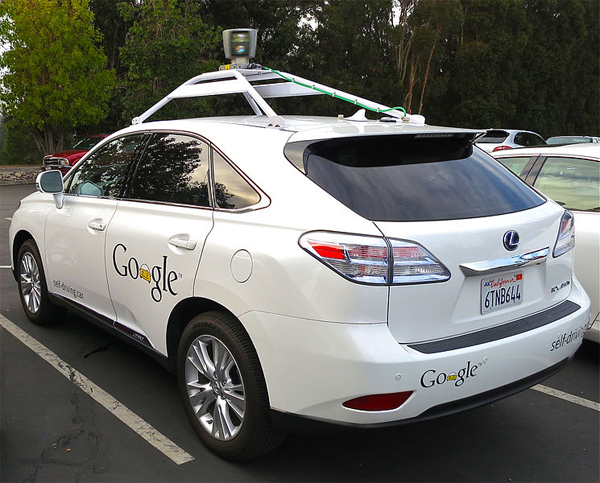Technology is moving at an alarming pace. Under the bonnet, new cars contain technology that was only trialled in Formula 1 cars a decade ago. On the dashboard, cars are looking more futuristic than even the most outlandish science fiction cartoons of the 80s. Features such as head-up-displays – once the preserve of fighter jets – make the interior of our family saloons seem veritably space-age.
So what can we expect in the coming years? Speculation is easy, and of course there’s an element of conjecture in any prediction. But judging by the kind of technology that’s available at the very highest echelons of motoring privilege, and the technology that is being rapidly developed in laboratories, it isn’t too difficult to work out what to expect. Here’s are five technologies likely to appear in the next generation of cars.
Table of Contents
Cars That Communicate With Each Other
At the moment, driving on the public road requires a rather fragmented form of communication. A driver brakes, causing his car’s brake lights to illuminate and the car to slow down. The driver behind must react to the brake lights and apply his own brakes. This is a slightly convoluted process which can cause long tailbacks on the motorway, but that can be streamlined using car-to-car communication.
It doesn’t stop at braking though. Junctions with reduced visibility are fraught with dangers to all road users. If a car is able to register another car’s presence, bearing and speed before it comes into view, motorists will be safer.
An Electronic Valet
Every year, motoring journalists and writers will declare that driver-less cars are imminent. And it’s true that teams from Google and Oxford University have created passable driverless cars with good safety records in testing. However, what we’re more likely to see in the next generation of vehicles is automated parking – a much more limited (but still very useful) version of the near-total autonomy being researched at the moment.
Cars are already able to park themselves. Several Lexus models have been able to do this for a while, and the German manufacturers (among others) have released models with advanced ‘parking assist’. What we’re looking forward to is cars that can slowly navigate around a car park until they find a space, before neatly parking themselves in it with ample space for all passengers to get out.
Driver Monitors
This won’t be popular with drivers, but we’re bound to encounter more monitoring systems in our cars in future. We’re already finding that drivers willingly have ‘black boxes’ fitted in their cars to reduce their insurance premiums based on their driving style (the AA offer one such policy). The risk of a driver falling asleep at the wheel could be allayed with sensors that are triggered by symptoms of drowsiness, and a car could decide not to start at all if the driver is drunk.
Media on Demand
We’ve been rather limited in terms of in-car entertainment. With the exception of CD changers – which enable the user to store just half a dozen albums and change between them using buttons – and the very recent inclusion of mp3 player connectivity, drivers have been stuck with the radio since the 1920s.
It won’t be long before cars present a genuinely advanced selection of media. Instead of having to plug an MP3 player in or use old-fashioned analogue signals, the cars of the future will present thousands of online radio stations and selective music streaming services like Spotify.
Voice Recognition
Apple’s Siri is a popular gimmick on the iconic iPhone, but it has paved the way for a much wider uptake of voice recognition software. Using voice activated commands instead of buttons and switches will improve safety and enhance the driving experience. Expect to be adjusting the climate control, turning the radio on, putting the car into ‘sport’ mode or even turning the ignition with your voice.
Of course, we’re also reaching a stage where the car can make decisions for us. Sensors detect rain, darkness and fog, enabling the car to automatically switch on headlights, windscreen wipers and fog lights respectively. Real advances in automotive automation mean that we won’t need to tell our cars to do these things – vocally or otherwise.
Image Credit: commons.wikimedia.org













